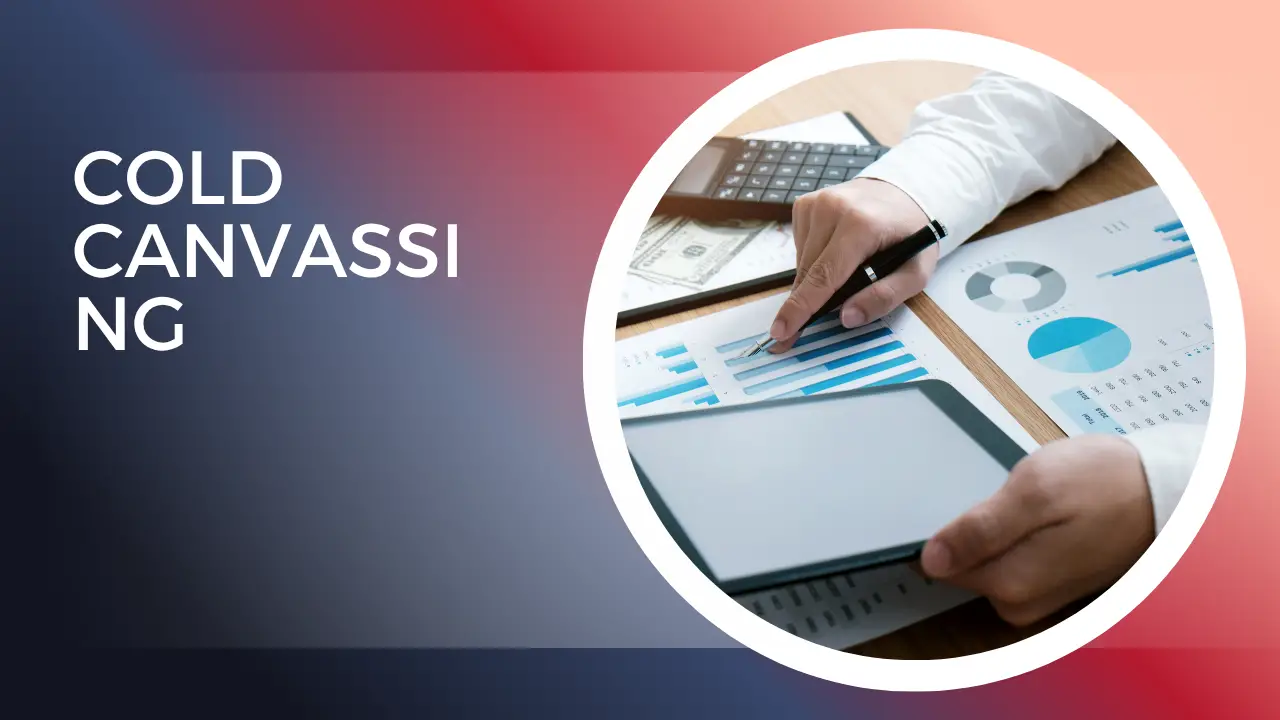The Mindset Shift: From Rejection to Opportunity
The biggest hurdle in cold canvassing isn’t the physical act itself; it’s the mental game. Many people dread the possibility of a slammed door, a curt "no," or an indifferent stare. To succeed, you must Don’t miss out on hot email leads. Click over to website: phone number list fundamentally shift your mindset. Instead of viewing each interaction as a potential rejection, see it as an opportunity. Each person you speak with is a potential client, a valuable connection, or at least a chance to practice and refine your pitch. Embrace the fact that not everyone will be interested, and that’s okay. The goal is to find the few who are, and every "no" brings you one step closer to a "yes." This positive, resilient attitude is the single most important factor in your success.
Preparation is Key: Knowing Your Territory and Your Pitch
Before you even knock on the first door, meticulous preparation is non-negotiable. Research the area you plan to canvass. Understand the demographics, the common types of businesses or residences, and any specific community needs. This knowledge will allow you to tailor your approach and make a more relevant connection. Equally important is perfecting your pitch. Your pitch should be concise, compelling, and memorable. It should clearly state who you are, what you offer, and why it benefits them. Practice it until it feels natural, not scripted. Anticipate common objections and have polite, well-reasoned responses ready. Remember, the goal is not to be pushy, but to be a helpful expert who provides value.
The Art of the Approach: Making a Lasting First Impression
The first few seconds of a cold canvassing interaction are critical. Your body language, tone of voice, and initial words will determine whether the conversation continues or ends abruptly. Always approach with a confident and friendly demeanor. Make eye contact and offer a genuine smile. Your opening line should be a simple greeting followed by a quick introduction. Avoid aggressive sales jargon. Instead, use a question that invites a conversation, such as, “I’m speaking with neighbors today about [your service/product]. Do you have a moment?” This approach is less confrontational and more likely to result in a positive initial response.

Handling Objections and Rejection Gracefully
Objections are an inevitable part of cold canvassing. Instead of fearing them, learn to view them as a signal of interest. An objection, whether it’s about price, timing, or a perceived lack of need, is an opportunity for you to provide more information and demonstrate your expertise. Listen carefully to the person's concern, acknowledge it, and then offer a solution. For example, if someone says, “I’m not interested,” you might respond with, “I understand, but many of my clients felt the same way until they learned how our service could save them [time/money/effort].” When you do face outright rejection, handle it with grace. Thank the person for their time and move on with a positive attitude.
Tracking and Follow-Up: Turning Leads into Clients
The cold canvassing process doesn't end when the door closes. To maximize your efforts, you must have a system for tracking your interactions. Keep detailed notes on who you spoke with, what their level of interest was, and any specific concerns they raised. This information is invaluable for future follow-up. A follow-up can be a simple thank-you email, a phone call, or a piece of marketing collateral sent in the mail. The key is to stay top-of-mind without being intrusive. Consistent, respectful follow-up is what often turns a lukewarm lead into a paying client and solidifies your reputation as a professional who is genuinely invested in their success.
The Long-Term Vision: Building a Foundation for Success
Ultimately, cold canvassing is not about a single sale; it's about building a foundation for long-term success. Each knock on a door is an investment in your business. It allows you to develop essential communication skills, build resilience, and establish a personal connection with your community. The leads you generate today will fuel your business tomorrow. By embracing a positive mindset, preparing thoroughly, and following a systematic approach, you can transform cold canvassing from a daunting task into a reliable and rewarding method for growing your business and securing a loyal customer base for years to come.